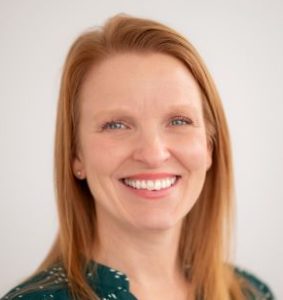

AARP Ohio blasted out a fairly typical press release Tuesday, criticizing nursing homes for being short-staffed and sharing news about an in-room camera law that would allow families to catch bad actors, well, in the act.
The advocacy organization also called for higher RN staffing levels and cautioned against any “staffing solutions” that might not be safety-minded. Forget the fact that nursing homes in Ohio and every state in the nation are reducing admissions rather than taking in patients they can’t safely care for when understaffed.
But buried deep beyond the push for safety (and, of course, that other amazing buzzword, “transparency”!) were some curious nuggets about what could shape up to be truly substantive reform for Ohio’s nearly 1,000 nursing homes.
Both are related to state Medicaid payments.
First, House and Senate bills backed by AARP’s Ohio arm call for a rebasing of nursing facility Medicaid rates, looking primarily at the costs of direct care in calendar year 2021. While costs have soared in the first half of 2022, using data from last year would be an improvement over some cost-setting methodologies that use expenses from two years ago.
A partial Medicaid rebasing effective last July, before inflation took off, brought daily rates up by an average increase of $14.43 daily, or 6.8%, with a nearly 10% increase for some rural providers with higher costs. A recent national study found operational costs had grown by an average of 41% since spring 2021, meaning another 7% to 10% would only put a dent in Ohio provider’s bills.
But I have no doubt they’d be glad to take what they can get, and invest more into hiring, training and other direct care initiatives that drive real patient safety.
The second bill is more interesting: HB461 would establish a private room per-day rate to be added on top of a facility’s daily Medicaid rate. At a proposed $25 daily, it won’t make many providers rush to split up roommates. But for those already considering a switch to single rooms, it’s a move in the right direction. And for operators who are offering de facto private rooms only because they don’t have the staff to permit full occupancy, it could help to ease their financial pain.
In its package of reforms, the White House promoted the idea of reducing shared rooms, and many operators are starting to embrace the idea. The question, of course, is how to make the cost factors work if providers essentially cut their potential census in half, or more.
The Ohio bill would go some distance in giving providers an additional revenue source and help keep more facilities open, especially in rural areas hit hard by staff shortages and higher costs.
If approved, both Ohio payment increases could take effect July 1. It seems as though lawmakers need to get cracking on that. As AARP itself notes, shoring up the payment system is the best way to actually protect residents and ensure they can get the care they need today and in the future.
The organization is backing the payment reforms “because the quality of resident care and transparency of both nursing home operations and performance are often related to rates and reimbursement methodologies.”
Now that’s a viewpoint on which both advocacy groups and nursing home operators can agree.
Kimberly Marselas is senior editor of McKnight’s Long-Term Care News.
Opinions expressed in McKnight’s Long-Term Care News columns are not necessarily those of McKnight’s.




